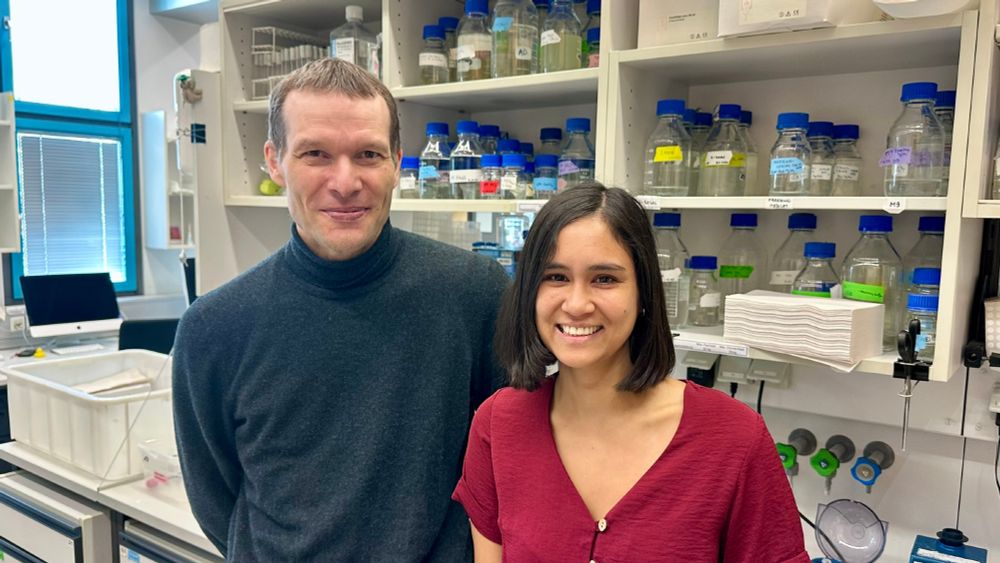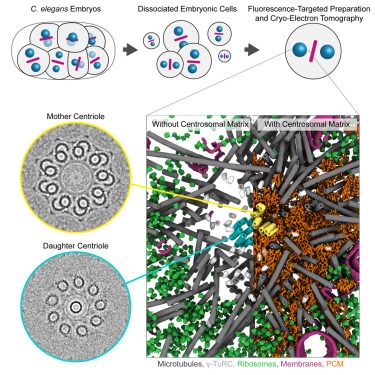Júlia Garcia-Baucells
@jugarbau.bsky.social
150 followers
290 following
14 posts
Cell biologist driven by a passion for cell division
Posts
Media
Videos
Starter Packs
Reposted by Júlia Garcia-Baucells
Reposted by Júlia Garcia-Baucells
Reposted by Júlia Garcia-Baucells
Reposted by Júlia Garcia-Baucells
Ben Engel
@cellarchlab.com
· Dec 25
Reposted by Júlia Garcia-Baucells
Susana Godinho
@susanagodinho.bsky.social
· Dec 18
Susana Godinho
@susanagodinho.bsky.social
· Dec 14
Reposted by Júlia Garcia-Baucells
Reposted by Júlia Garcia-Baucells











